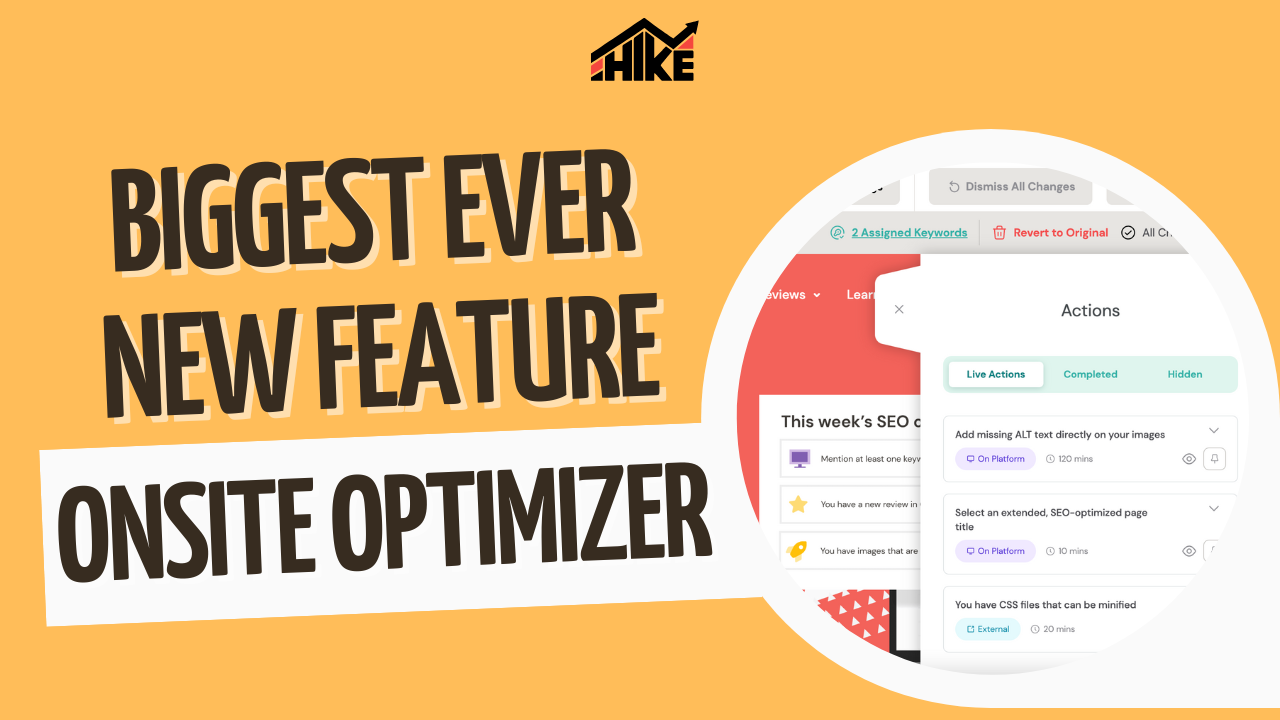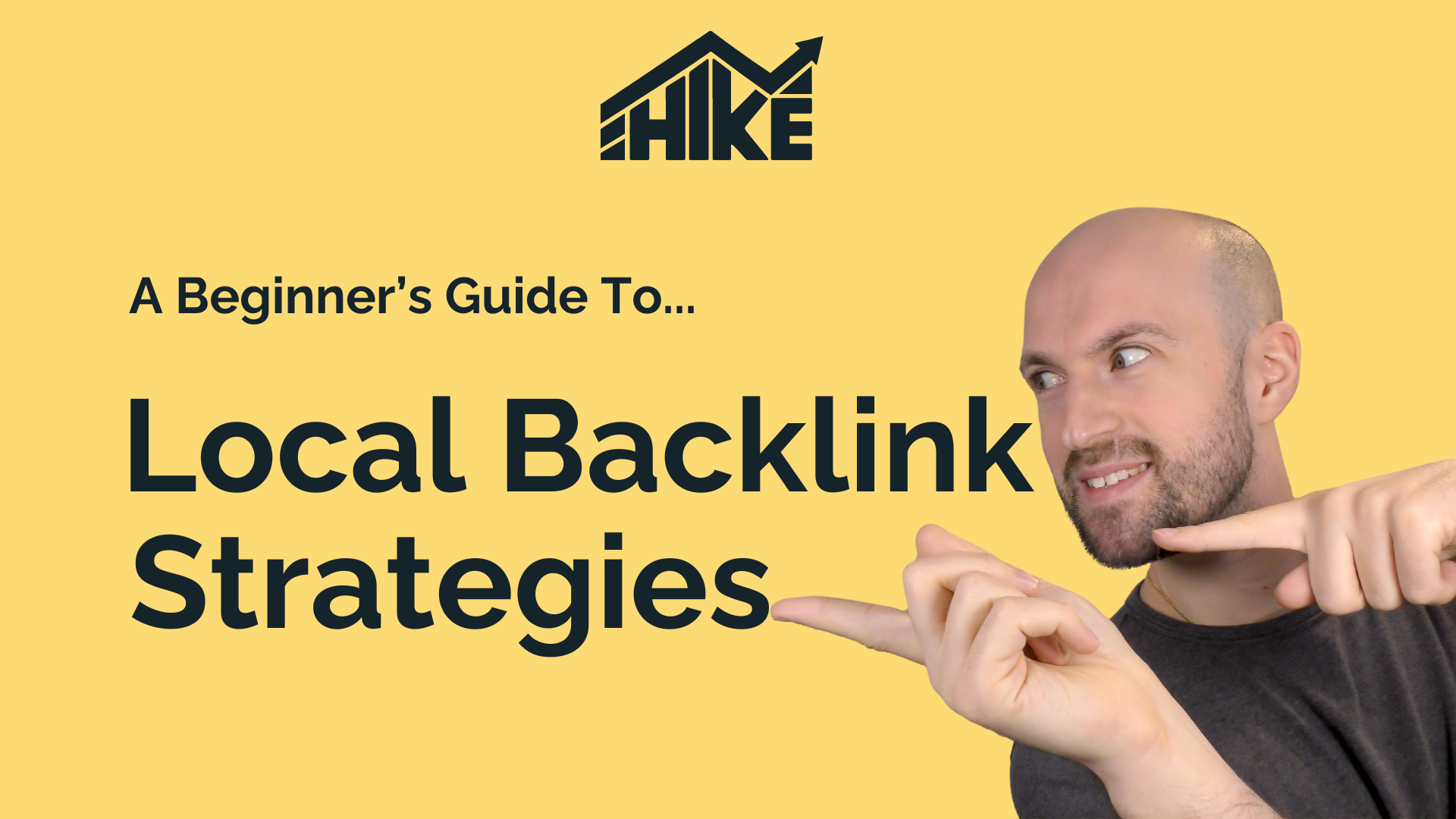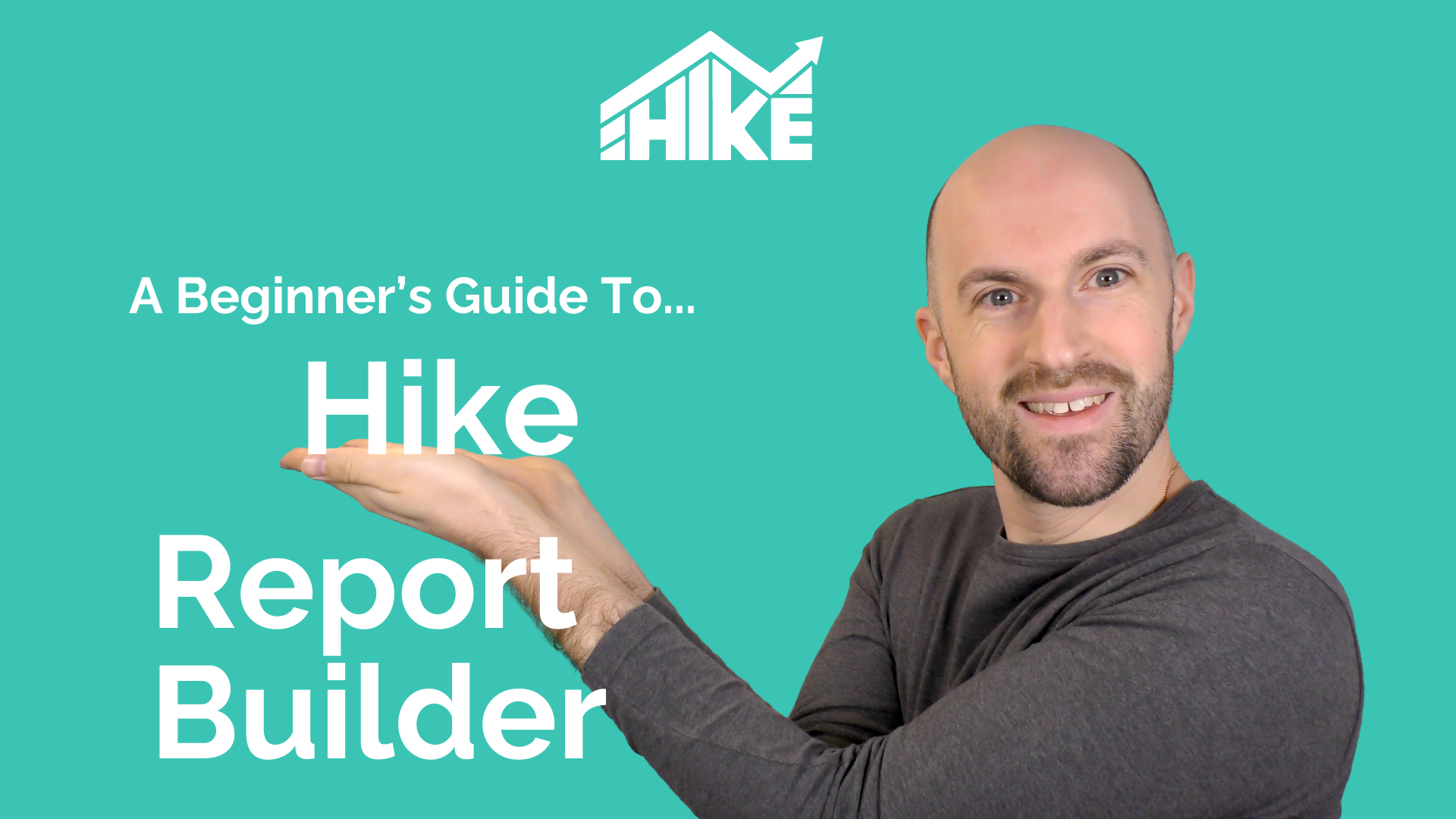One of the questions that I got asked from one of our Hike users is when they were building backlinks to their website, the website they were building the backlink from, asked him where did he want the link going to?
Did he want the link going to his homepage, service page, a product page, or a blog page? In this post, I will be covering the question on whether you should you get backlinks to your homepage or your internal page.
The ‘Champagne Fountain’ of SEO
An analogy that an old SEO manager of mine used when trying to explain backlinks was that of a champagne fountain.
(Note that this isn’t a perfect analogy – what analogies are? – as we’ll explain at the bottom of the post.)
A champagne fountain – where champagne glasses are placed on top of each other, and the top-level has just a single glass whereas the bottom level has the most glasses – mirrors a typical website structure.
At the very top of the fountain, you have a single glass, which is your homepage. Then below that, you’ve got the following levels of glasses. These on your website are your supporting pages. So they might be your service pages or your product pages, or maybe your category pages.
Below that, you’ve got another level of glasses and these are like your sub-pages. They might be further product pages or second-level category pages.
Then at the bottom somewhere you might have your blogs. So these are a long way from the top of the structure.
How do Links Affect The Rest of Your Website?
Imagine that building a link to a single page is like pouring champagne into a single glass.
Now imagine pouring champagne into the top glass; as it overflows it’s going to run down the glass and it’s going to start to fill up the glasses below it with champagne.
If it’s a lot of champagne, it’s going to fill these up and maybe it’s even going to run down to start filling up glasses on the level below that, too.
Links to Your Home Page
Essentially that’s what it’s like building a link to your homepage. As the value from the backlink enters your homepage, it’s going to flow over and filter down into the pages on the next level, ie your first level of sub-pages.
If it’s a powerful link, then the link value will flow over onto the next level of pages. So, therefore, a link to your homepage will add ‘link value’ to many more pages on your website, such as product pages, service pages, category pages and potentially even your blogs.
Link to Your Internal Pages
Now, what happens if you pour champagne not in the top glass, but in a glass on one of the lower levels? This is like building a link to an internal sub-page.
In this scenario, you’re topping up the link value for that page without impacting as many other pages as you would had you built a link to your homepage.
It’s still going to impact the pages on the lower levels, but it’s not going to impact much of your website. This is absolutely fine if you just want to rank that page or give it a boost in SEO, but in most scenarios, you’re going to want to give link value across as many pages of your site as possible.
Links to your homepage are going to impact more of the whole website, whereas links to specific pages are going to help that page, as well as some pages linked to it. It all depends on your SEO strategy.
Does The Quality of The Backlink Matter?
When it comes to SEO, the quality of the backlink matters a lot. Imagine the quality of the link being the volume of the champagne. If you build really good links to your website, it’s analogous to pouring multiple bottles of champagne into your fountain. It’s going to flow and flow, and it’s going to impact lots of your website.
Where The Analogy Breaks Down
Hopefully, this analogy has helped you to understand how link value then flows across a website. But the analogy isn’t completely right. Why? Let me tell you.
In SEO the champagne can flow upwards and sidewards. So if you pour champagne into a glass and it overflows, in reality some of the excess link value will move up the tower and across the tower; thereby impacting pages on the same level and above it.
It typically does flow easier downwards, but that doesn’t mean a link can’t pass value in other directions. So do bear that in mind!



